
 15
15




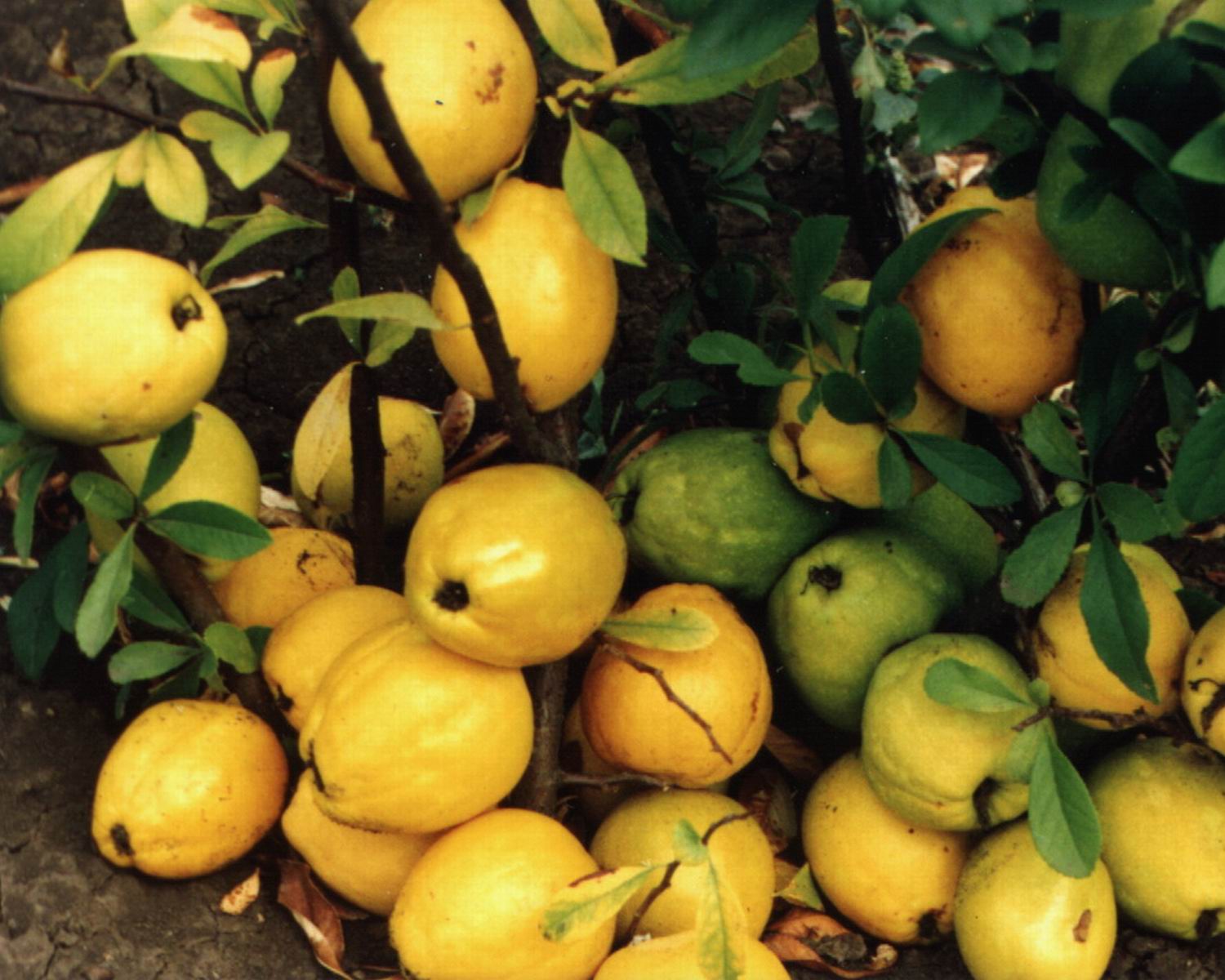
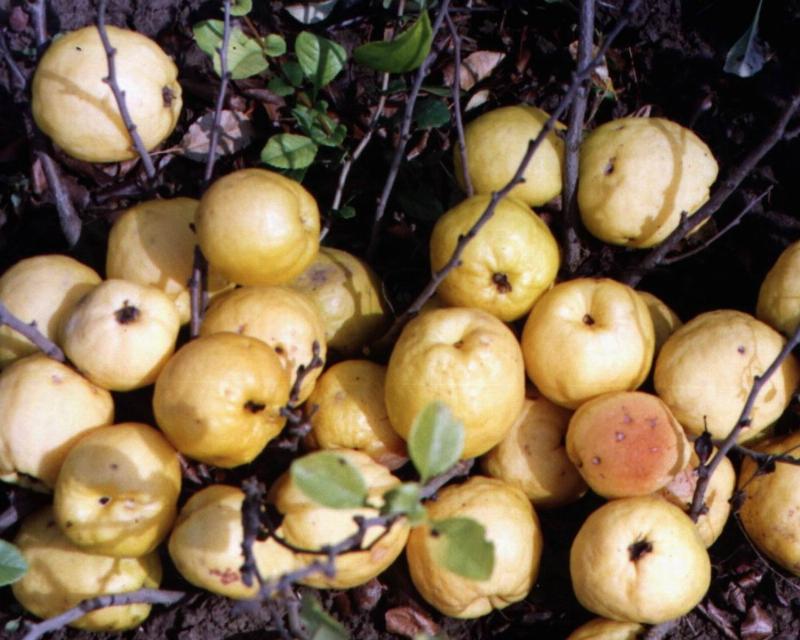
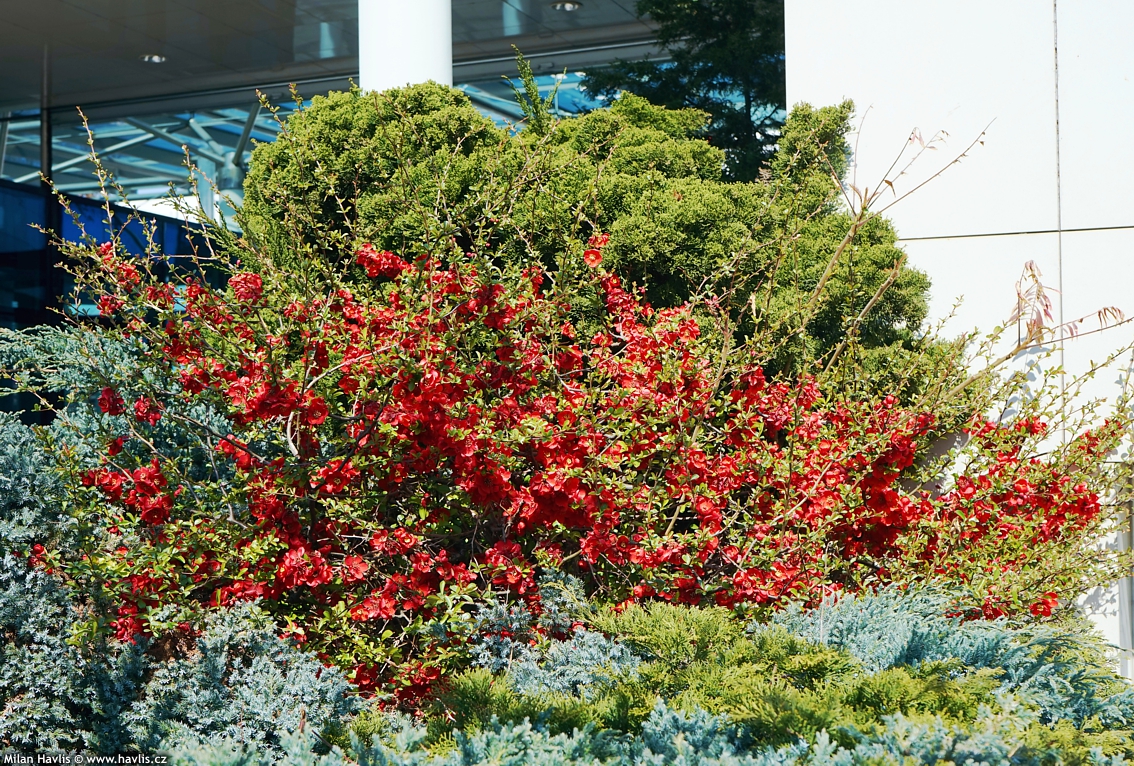
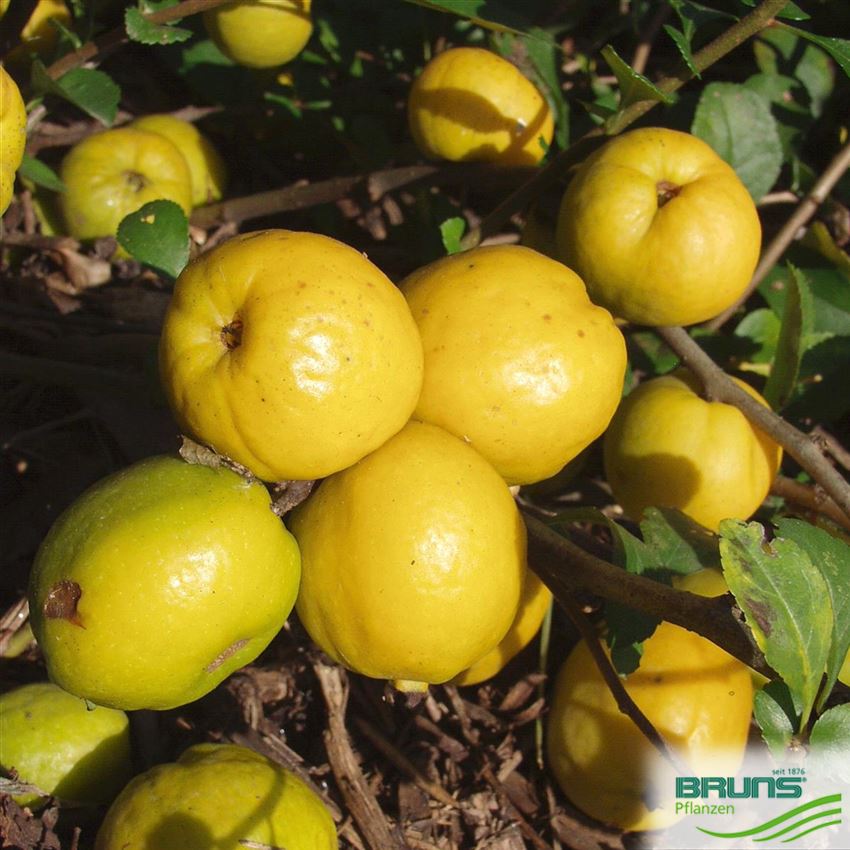

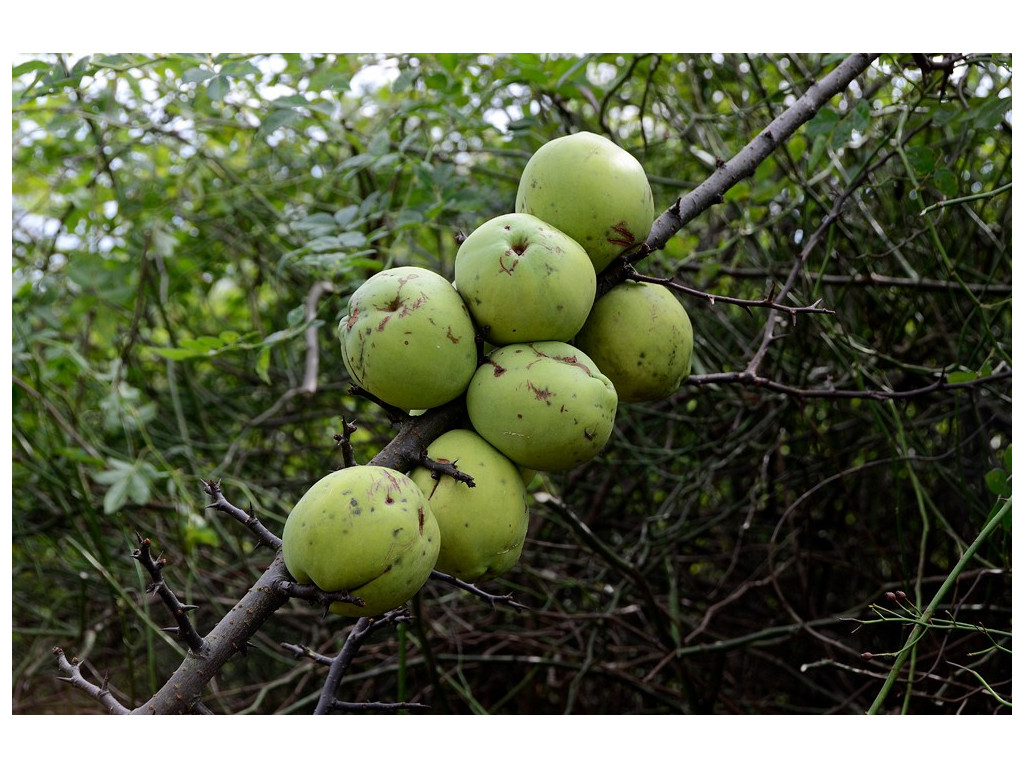
 4
4




Education: "the ardent search for truth and its unselfish transmission to youth and to all those learning to think rigorously, so as to act rightly and to serve humanity better." - John Paul II
 5
5




 1
1




 2
2




Thomas Dean wrote:A contact gave me two runners from her flowering quince this season, 2 different varieties. One did not survive transplant, the other looked great all summer. We only plant things we can eat. We hope to be able to eat them in the long run. I'm hoping to get a new little plant of the variety that did not survive the transplant.
I also know a pharmacy with flowering quince in their parking lot. I have a strong desire to try to get some from there... do they grow from cuttings?
greg mosser wrote:the flowering quinces of the main nearby town don’t tend to produce much, so we’ve taken to grafting twigs around to try to get better pollination. i made mead with some of the fruit at one point. they’re intensely sour, but have that nice quince floral note over the top. i’d love to have more to play with, but haven’t gotten any for my place yet.
edit to add: if your friend gave you runners, it sounds like cuttings should work. certainly layering does.
 10
10




"Also, just as you want men to do to you, do the same way to them" (Luke 6:31)

 5
5




How Permies works: https://permies.com/wiki/34193/permies-works-links-threads
My projects on Skye: The tree field, Growing and landracing, perennial polycultures, "Don't dream it - be it! "
 4
4




Inge Leonora-den Ouden wrote:Hi Anton. When I was a child, my parents moved to a house with such an 'ornamental quince' in the garden. Chaenomeles japonica with red flowers. When I was a teenager I had friends who were into alternative ways to grow and eat food (they were the first vegetarians I knew, in the 1970s). I learned how to make jam. So I picked the nice-smelling Japanese quince fruits and used them in my jam-making experiments. It was the best jam ever!!!
As an adult when I finally 'settled' (after moving several times), I lived in a town with Japanese quinces all over in parks a.a. So I foraged them. But then, I don't know why, all of those bushes were removed and turned into grass lawns ... :-(
So I went to an organic nursery and bought my own Chaenomeles japonica, a variety with somewhat larger fruits (and red flowers). When I bought it, there were still some very ripe fruits on it. I took the seeds of those fruits and planted them. Now I have so many small Japanese quince shrubs, I even gave some of them to friends! I hope next year the first one (the one I actually bought) will start fruiting.
Nancy Reading wrote:In our previous house we had a japanese quince which fruited well. I made a lovely fragrant jelly from it. The fruit stay hard even when ripe, I don't think they can be eaten raw easily! But can be cooked and used like a lemony apple. They do grow here, but I haven't seen fruit on any yet, I suspect they will need a bit of shelter, but I'm hoping that some of my C. Japonica started from seed will do OK on my drivebank - a south facing slope with rock retaining walls: early days yet.
 3
3




The flowering quince hasn't been cultivated for much time as of yet. Processing started only in the 1970s, with manufacturers making juice, concentrate, syrup and candied fruit.
While smaller businesses make wine, beer and cider out of quince, and individuals use it for making cakes, pastries, ice cream and other delicacies.
 7
7




Cargo bikes are cool
 2
2




Edward Norton wrote:My dad harvested quince when I was a kid and made the most amazing jelly - right up there with crab apple. This was back in the late 70's and early 80's when they seemed to be everywhere. I guess they went out of fashion - don't seem them in such abundance. I guess people are reluctant to grow a fruit that requires some kind of processing to eat.
Most definitely high on my list of fruit bushes to grow. I remember them flowering for months on end, got to be good for bees. They're also a great place for small birds, providing a dense well protected thicket and a safe place to nest.
 6
6




Permaculture...picking the lock back to Eden since 1978.
Pics of my Forest Garden
 4
4




 3
3




greg mosser wrote:have you ever propagated out your toyo nishiki, other Greg M? layers, cuttings, etc? i’m looking to add a quality cultivar to my place and that one definitely sounds like the ticket, but i’m finding them to be $30 or more most places.
 2
2




 5
5




"How fleeting are all human passions compared with the massive continuity of ducks.“ — Dorothy L. Sayers






 4
4




Mercy Pergande wrote:Membrillo is a quince paste that is traditionally served in Spain with cheese (it doesn't have to be Spanish cheese of course, it pairs well with a wide variety of cheeses and would be wonderful on a ham sandwich with some flavorful cheese). Poached quince is a floral, fragrant, luscious dessert, not unlike poached pears but firmer (amazing with some mascarpone). I have made quince liqueur as well which had a delicate honeyed fruit flavor. Quince is high in pectin so can be used in preserves with low-pectin fruits to help them set (and add some nuance to the final product). It has an astringent quality when eaten raw but gets very silky when cooked. I have seen it in braised meat dishes. I don't have access to an abundance of quince so what I make tends to be a little more focused on the quince rather than mixing it with other things but it's a really lovely fruit that I am always on the lookout for this time of year because it's so unique. And they tend to bloom early which is always a pleasure after the gray of winter landscapes.
"Also, just as you want men to do to you, do the same way to them" (Luke 6:31)
 5
5




 5
5




Permaculture...picking the lock back to Eden since 1978.
Pics of my Forest Garden

 4
4




Greg Martin wrote: Does the lemon flavor of cathay quince have bonus flavors that differ its flavor from lemon, such as a bit of apple or pear or floral tones? Also, do you know how much shade cathay quince can tolerate?
 3
3




Johann Kuntz wrote:
I've never noticed any apple or pear flavors in any flowering quince fruit, though I wouldn't be surprised if variations exist as there are many cultivars I have not tried. A lemon like acidity has been the dominant flavor in all that I have tasted. I'm fairly certain Cathay quince could tolerate bright shade, but my recommendation would be to give it as much sun as possible. Its thorns are serious business and because of that I would choose a sunny spot to encourage the most upright growth habit for easiest management. If it's getting more shade it's more likely to be less upright and more leaning which will make it harder to get to the fruit for harvest, though probably ideal if you were wanting it to form a barrier.
Permaculture...picking the lock back to Eden since 1978.
Pics of my Forest Garden
 3
3




Greg Martin wrote:Have you run across any flowering quinces with licorice flavor? I found that with 'Orange Delight'. I've also read descriptions online of some varieties tasting of vanilla or pineapple, but I've yet to notice those flavors in any that I've tried. Seems like there's lots of potential.
 4
4










 4
4




"Also, just as you want men to do to you, do the same way to them" (Luke 6:31)
 1
1




Inge Leonora-den Ouden wrote:In my opinion the taste of the Chaenomeles fruits is only comparable a little bit with the ordinary quince (Cydonia) and not with anything else.
 4
4





Permaculture...picking the lock back to Eden since 1978.
Pics of my Forest Garden
 3
3




Inge Leonora-den Ouden wrote:In my opinion the taste of the Chaenomeles fruits is only comparable a little bit with the ordinary quince (Cydonia) and not with anything else. It has the sourness of the lemon, but different.
Permaculture...picking the lock back to Eden since 1978.
Pics of my Forest Garden

 4
4




My mum always loved quince. So it was always a happy day when she made the first quince curry of the season. Fresh Quince curried with lamb, with lots of fluffy white rice. In my head that’s the taste of Autumn. And then as the winter set in, dried quince with lamb, or on its own. Beauty itself.
Works at a residential alternative high school in the Himalayas SECMOL.org . "Back home" is Cape Cod, E Coast USA.
 4
4










 4
4




Greg Martin wrote:[...
Inge, have you had a chance to try 'Cido'? ...
"Also, just as you want men to do to you, do the same way to them" (Luke 6:31)








 5
5




 5
5




Johann Kuntz wrote:I suspect the pineapple flavor description is just another way for people to say they taste dominantly sour in the same way I say lemon. I personally think it would need to have a lot of sweetness to compliment the tartness before I would compare any of them to pineapple, but perhaps if cooked and sweetened adequately that flavor might be more noticeable. I'd be very interested if you found one with vanilla flavor. That's not anything I've encountered with them so far, but they do pair well with vanilla when I add it to them in cooking.

Permaculture...picking the lock back to Eden since 1978.
Pics of my Forest Garden
 2
2




Permaculture...picking the lock back to Eden since 1978.
Pics of my Forest Garden












 5
5




How Permies works: https://permies.com/wiki/34193/permies-works-links-threads
My projects on Skye: The tree field, Growing and landracing, perennial polycultures, "Don't dream it - be it! "
 3
3




 3
3




Donn Cave wrote:Real quince is marmelo here in Portugal, and they use a lot of it in something they naturally call marmelada, a dark red ... don't know a good word for it, maybe a firm conserve. It's really good. Someone eventually must have had the idea to make something like it with oranges. (In some countries in the Middle East, the word for orange is something like "portukali".) In Brazil, they use guavas to make a very similar conserve that you get in a big round flat can.
 I love the way the quinces transform from a yellow sauce to a dark red as it cooks and thickens. The flavor gets better and better as well. I always eat mine on rustic crackers with a hard cheese. Pure magic!
I love the way the quinces transform from a yellow sauce to a dark red as it cooks and thickens. The flavor gets better and better as well. I always eat mine on rustic crackers with a hard cheese. Pure magic!

Permaculture...picking the lock back to Eden since 1978.
Pics of my Forest Garden
 4
4




Permaculture...picking the lock back to Eden since 1978.
Pics of my Forest Garden

|
Dinner will be steamed monkey heads with a side of tiny ads.
A PDC for cold climate homesteaders
http://permaculture-design-course.com
|


